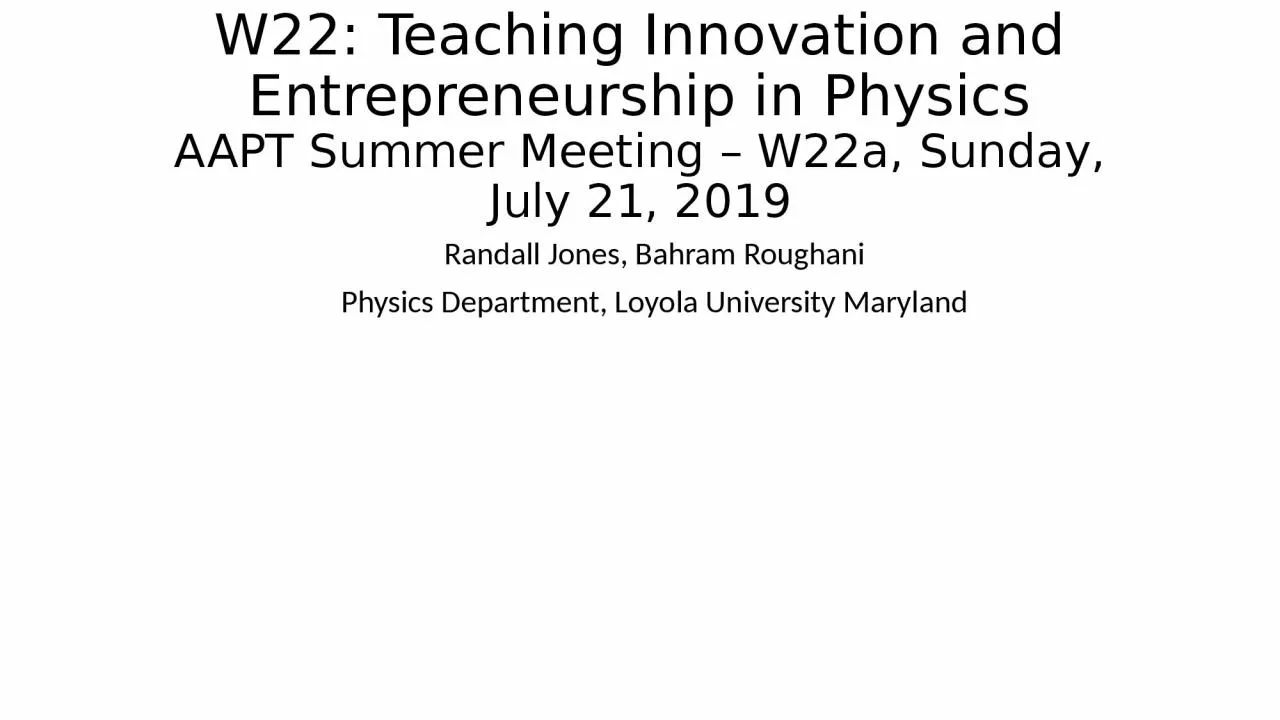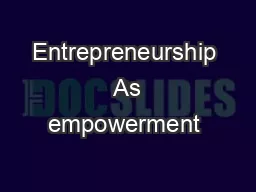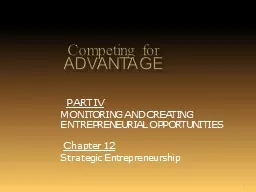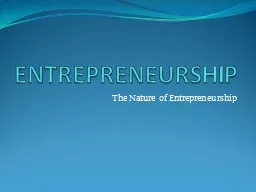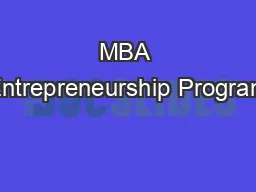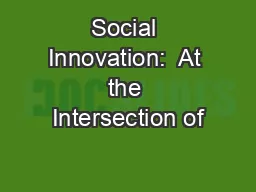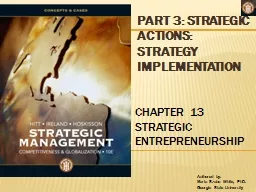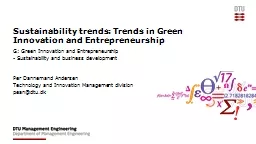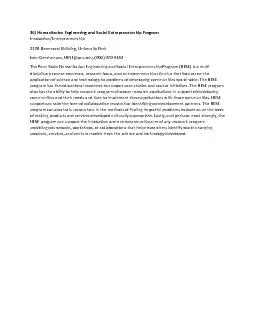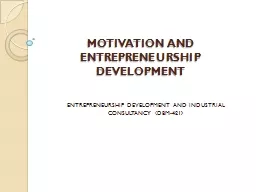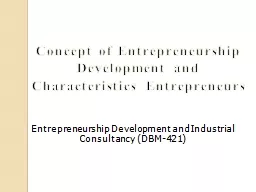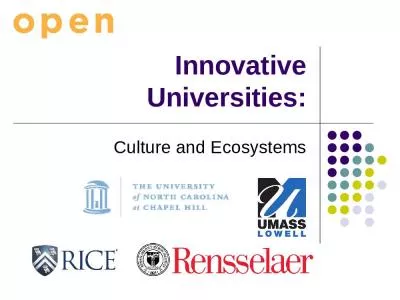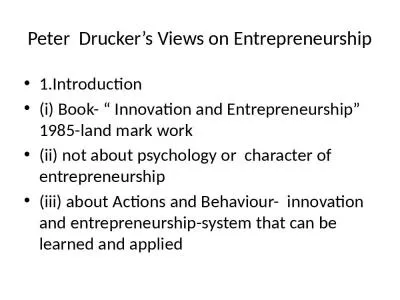PPT-W22: Teaching Innovation and Entrepreneurship in Physics
Author : oconnor | Published Date : 2023-06-22
AAPT Summer Meeting W22a Sunday July 21 2019 Randall Jones Bahram Roughani Physics Department Loyola University Maryland Firstyear Physics Human Desirability Financial
Presentation Embed Code
Download Presentation
Download Presentation The PPT/PDF document "W22: Teaching Innovation and Entrepreneu..." is the property of its rightful owner. Permission is granted to download and print the materials on this website for personal, non-commercial use only, and to display it on your personal computer provided you do not modify the materials and that you retain all copyright notices contained in the materials. By downloading content from our website, you accept the terms of this agreement.
W22: Teaching Innovation and Entrepreneurship in Physics: Transcript
Download Rules Of Document
"W22: Teaching Innovation and Entrepreneurship in Physics"The content belongs to its owner. You may download and print it for personal use, without modification, and keep all copyright notices. By downloading, you agree to these terms.
Related Documents

